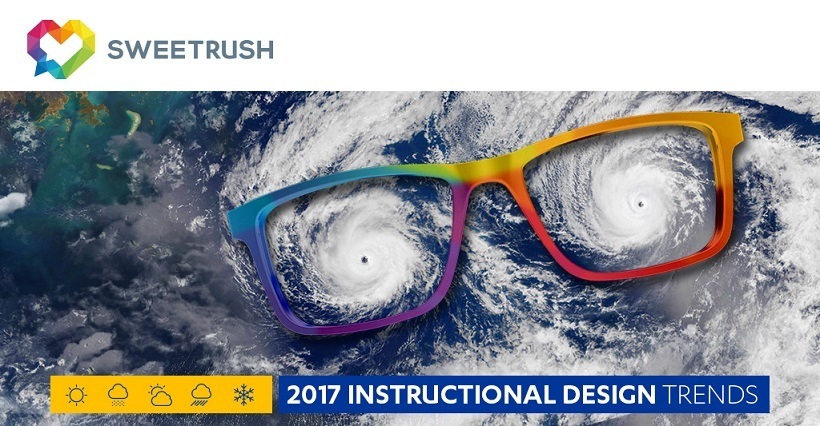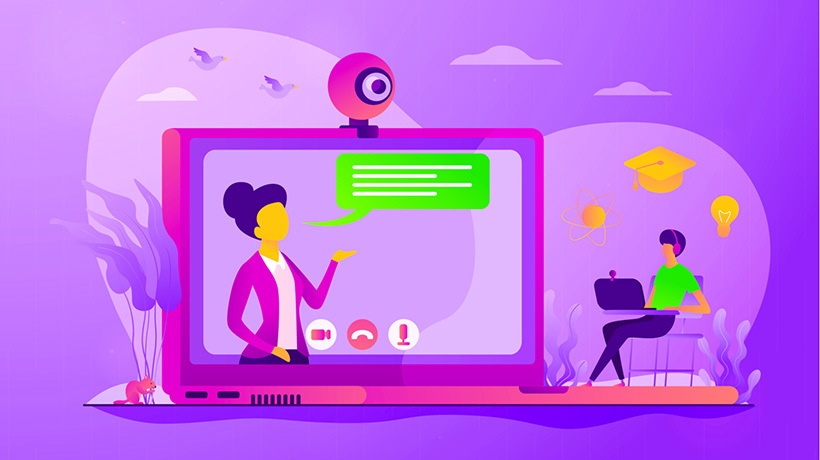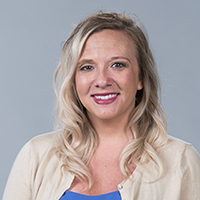Why We Need To Use Beacon Technology On Campuses
Beacon technology –wireless devices that transmit signals to other nearby devices via low-energy Bluetooth connections– have become a hot topic on college campuses.
Used as an Indoor Positioning System (IPS), beacons can wirelessly locate people and objects within a specific range and then trigger an action on a nearby wireless device. Most importantly, this technology is safe and secure, only accessible through paired applications students can download.
According to Pew Research Center, 98% of Americans ages 18-29 own a smartphone [1], including 93% of those with a college education level [1]. Of those smartphone owners, 74% of those 18 and older use their phones for location-based information [1]. This makes location-based communication through beacons a logical and effective way to communicate information to a campus population or within a classroom.
More and more college campuses are utilizing beacon technology and developing mobile apps to improve their campus wi-fi experience. Beacon technology offers endless creative possibilities for colleges to improve student life.
- Easier Campus Navigation.
Students can find buildings, classrooms, and labs easily with their smartphones. Beacons can provide a multi-level mapping system with an array of navigational opportunities. Not only can they be used to map out entire campuses, but they can also provide more detailed, comprehensive maps for specific buildings. Students can then find particular information inside the library – and even be notified of further information relevant to their research topics. Large campuses benefit greatly from beacon technology, such as Johns Hopkins University which installed beacons to help students navigate its campus. Beacon technology can be used to create self-guided tours, like the one implemented by Stony Brook University. Rather than scheduling a tour with administration during blocked hours, potential students can visit the campus and get information on their own time. Beacon technology can guide them from location to location, while an app can offer more detailed information once they reach those locations. - Better Accessibility.
Enhancing accessibility for visually impaired, blind, and disabled students improves their safety and well-being. Tapping into the range of accessibility capabilities that Android and iOS have readily available creates an environment where these students can participate confidently. Penn State University, for example, uses beacons to improve campus accessibility for visually impaired students. Audio guides are tied to into location-based mapping apps to help guide students from point A to point B. - More Powerful Communication.
Beacons can send targeted and personalized messages triggered by location. In turn, campuses can target specific user groups, such as enrolled students, alumni, professors, and prospective students, by offering them information aligned with their distinct roles. The college bookstore can send out notifications about discounts on textbooks and merchandise when they walk by the store. Students could also receive notifications about on campus events happening near them such as a guest speaker, committee meeting, or a sporting event. University of Maryland Baltimore County’s (UMBC) beacon enabled app provides a case study for location-based event notifications, allowing students to receive event updates when they walk by a venue. - Increased Intellectual Discovery.
Beacon-powered apps offer an assortment of unique opportunities for boosting scholarly exploration outside of classrooms and lecture halls. In creating an augmented space for students to discover facts, artwork, or landmarks, colleges can extend learning beyond the four walls of a classroom. The University of Oklahoma, for example, created a guided tour powered by beacons so students could explore its collection of Galileo books and manuscripts. Additionally, colleges can incorporate rewards-based learning opportunities into their apps in order to encourage further intellectual discovery among their student body. Education-based games, such as scavenger hunts, can be played through a location-based beacon system so that at each beacon, a student is “checked in” and provided with the next clue. Students can then be rewarded for their self-guided intellectual discovery with various rewards, such as retail or meal points. - Greater Student Safety.
Knowing student location on campuses is beneficial for both faculty and the college’s campus safety office. It can be used to track the locations of students within wireless range, providing a “heat map” of student locations. This heat mapping can show administration the pathways students are taking and where they are located. In the case of a campus emergency, faculty and staff know where students are and whether or not a building has been fully evacuated. They can also use the beacon app to administer directions and instruct students on where to go. - Insightful Data.
Beacons can help college administration measure which areas on campus are the most popular, including the amount of time students spend at each place. This allows the administration to focus their strategic efforts on improving and expanding the services of the most popular parts of campus. This data provides insight so that scheduling can be based on the flow of foot traffic, spacing out popular events or scheduling maintenance for less busy times. Administration can also make informed decisions on improving layouts and infrastructure. They can also collect user data in order to learn more about the ways students interact with beacon technology and the paired app. By analyzing what users are doing, colleges can hone in on their student bodies’ interests and strive to improve features that aren’t working as well. This individualized usage data can also provide insight and help administration tailor the college experience more closely in line with student behavior. - Improved In-Class Experiences.
Beacons offer improved ways to communicate information to their students, or secure attention by delivering educational content to a student at any time. Professors can use check-ins to take attendance, rather than counting hands or relying on clickers. Beacon technology can also be used to beam worksheets, schedules, and other electronic materials to students’ devices. The proper interface would allow professors to choose when and where resources are distributed. Communication between professor and pupil can also be more seamless and private, recognizing a more diverse model of learning style. Additionally, professors can create a more interactive learning environment or workshop by placing beacons around the room or lab. These learning zones can then provide opportunities for engaging team building activities or challenging puzzles. By embracing this technology, beacons can provide a way for professors to teach outside of traditional lecture methods.
Reference:
- Pew Research Center. Cell Phone and Smartphone Ownership Demographics. January 15, 2016.








